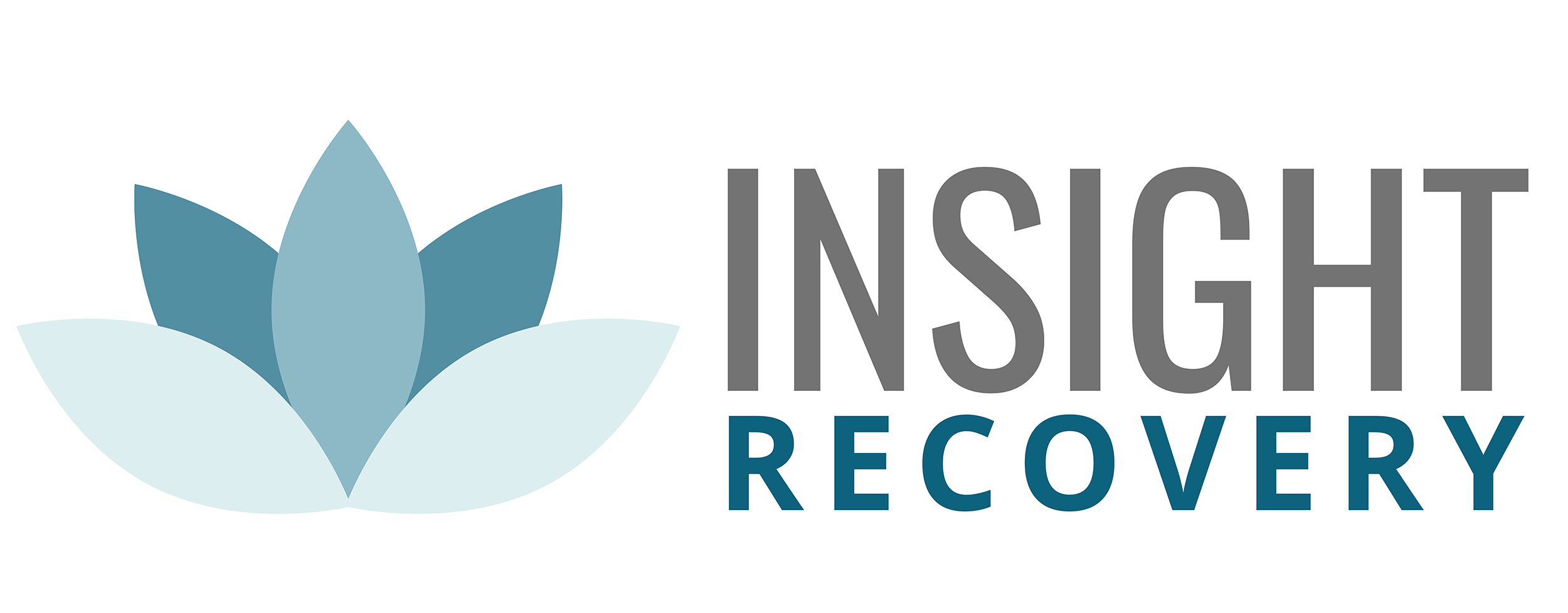The United States is currently facing an opioid epidemic, with heroin use and overdose rates skyrocketing in recent years. Heroin, which is derived from the opium poppy, is a highly addictive drug that can rapidly lead to dependency and overdose. As a concerned friend, partner, or family member, it’s crucial to recognize the signs of heroin abuse and addiction and the signs of a potential overdose.
If you or a loved one are struggling with a heroin substance use disorder, reach out to Insight Recovery Center for heroin addiction treatment in North Carolina. Our experienced team uses the latest evidence-based therapies and holistic approaches in an individualized treatment approach. Call 828.826.1376 today to learn more or to get started.
What Is Heroin?
Heroin is an illegal opioid drug that is made from the resin of poppy plants. It can be white or tan in color and can be taken through injection, smoking, or snorting. Heroin affects brain receptors controlling pain and emotions, leading to euphoria and relaxation when consumed. Heroin is highly addictive, and repeated use can lead to tolerance, dependence, withdrawal symptoms, and overdose. Heroin-related overdoses account for thousands of deaths each year and are a growing part of the opioid epidemic plaguing the United States.
There are several different types of heroin available on the market today. The most common are pure heroin, which is a white powder, and black tar heroin, which is a black, sticky substance. The latter is less refined than pure heroin and can lead to a faster and more intense high. Additionally, heroin is often laced with other drugs, such as fentanyl, a synthetic opioid that can be up to 50-100 times more potent than morphine, increasing the risk of overdose.
Signs and Symptoms of Heroin Abuse
Heroin abuse can manifest in several ways. Individuals who are using heroin may exhibit physical or behavioral signs.
Physical signs may include:
- Constricted pupils
- Track marks along the arms or legs
- Needle marks
- Weight loss
Behavioral signs may include:
- A lack of motivation
- Social withdrawal
- Changes in hygiene
- Mood swings
- Increased secrecy or lies
If you or a loved one exhibit any of the above signs, seek professional heroin addiction treatment.
Signs of a Heroin Overdose
A heroin overdose is a life-threatening emergency that requires immediate medical attention. The signs of an overdose can include the following:
- Unconsciousness
- Shallow or slow breathing
- Blue or pale skin
- Pinpoint pupils
- Muscle spasms
- Weak pulse
If you suspect someone is experiencing an overdose, it’s critical to call emergency services immediately.
What Can Be Done for a Heroin Overdose?
Overdoses can be treated with medications such as naloxone that temporarily reverse the effects of opioids. Naloxone can be administered as a nasal spray or injection, and it is often available without a prescription at most pharmacies. However, it’s important to note that naloxone is only a temporary measure and does not replace the need for medical attention. After administering naloxone, get the individual to a hospital emergency room as soon as possible.
Contact Insight Recovery Center
Recognizing the signs of heroin abuse and overdose is essential in fighting the current opioid epidemic. If you suspect someone is experiencing a heroin overdose, don’t hesitate to call emergency services immediately. Understanding the different types of heroin and the warning signs of abuse and overdose can help you protect yourself and your loved ones.
If you or someone you love is caught in the cycle of heroin addiction, then the danger of heroin overdose is already looming. Please do not wait until it is too late. Contact Insight Recovery Center at 828.826.1376 or online and begin the recovery journey.

